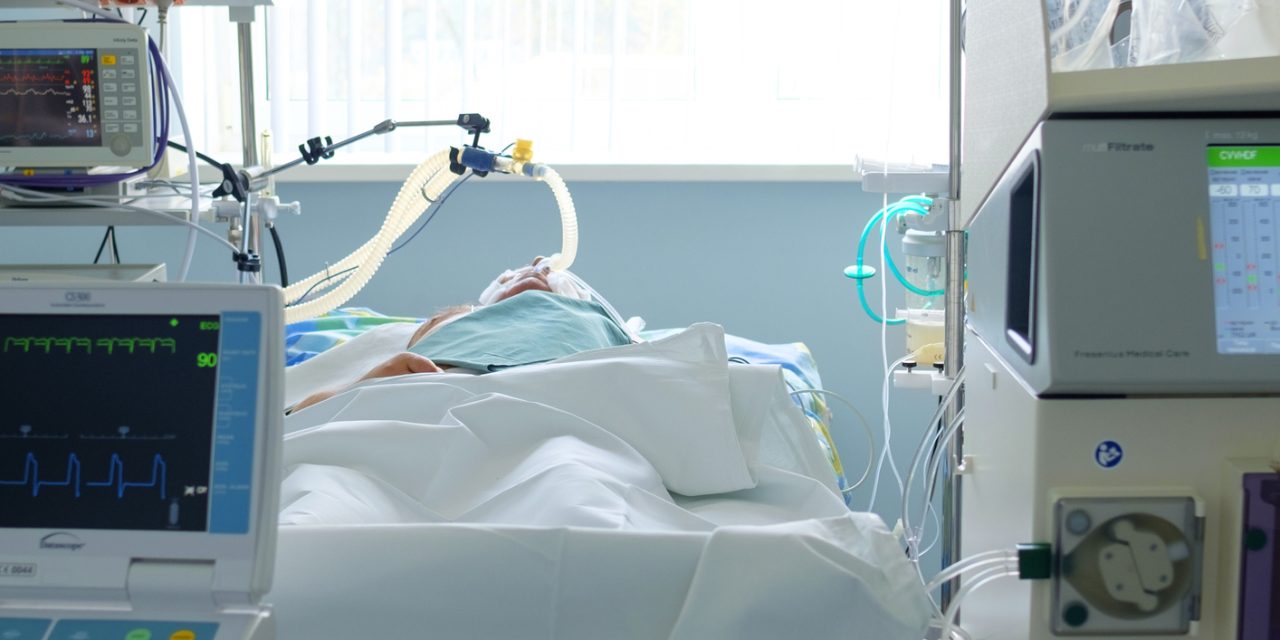Disease prevention continues to be the hallmark of good care for patients throughout their lives, not just those in their 20s, 30s, or 40s. Older adults may face a multitude of medical challenges, taking the focus away from preventive care, but it’s a physician’s job to maintain that focus for the patient’s benefit. One clear need that is not being met well is immunization against vaccine-preventable diseases like influenza and pneumococcal disease. While there has been a greater focus on influenza vaccination, there hasn’t been enough attention on the need for pneumococcal vaccination. A one-time pneumococcal inoculation can be administered at any time of the year and is recommended for every American aged 65 and older.
Now is the Time
Although vaccination is a relatively simple intervention, the pneumococcal immunization rate among patients aged 65 and older is suboptimal. Pneumococcal infections cause substantial morbidity and mortality. Non-invasive disease (eg, pneumonia) is dangerous, especially for older patients, but invasive disease (eg, bacteremia and meningitis) is even more problematic. The fatality rate for pneumococcal bacteremia remains 15% to 20%; for pneumococcal meningitis, it’s 16% to 37%. The rate of death is significantly higher among adults 65 and older than among younger adults. Antibiotic resistance among pneumococci further underscores the importance of prevention.
The pneumococcal polysaccharide vaccine (PPSV23) is safe and effective, and a single dose can protect against approximately 75% of all invasive pneumococcal disease in adults; vaccine efficacy against non-invasive disease is not as well established. Vaccination is recommended by the CDC for all adults 65 and older, and many of these patients also have comorbidities that further increase risk, including chronic medical conditions and residence in long-term care facilities. In 2008, only 60% of those aged 65 and older had received a pneumococcal vaccination. With this patient group growing constantly, the need to increase preventive measures against pneumococcal disease in older adults has never been greater.
Physicians Must Step Up
A recent survey conducted on behalf of the National Foundation for Infectious Diseases found that a physician’s recommendation significantly impacts a patient’s decision to receive vaccinations. This is particularly true for older patients; 82% of adults aged 65 and older reported their physician’s advice had more influence than any other factor when it came to making decisions about immunization. As such, it is critical that physicians be proactive in recommending pneumococcal vaccination to their older patients.
There should be plenty of opportunities for such a simple intervention. Increasing comorbidities bring older patients in for more office and/or hospital visits. Although these various health concerns can draw focus away from prevention, the increased time in a healthcare setting provides opportunities for immunization if practices are designed to address preventive needs. Best practice tools are available to assist offices in tracking patients’ immunization schedules to ensure all eligible patients are vaccinated. Computerized patient reminder systems, standing orders, and the simultaneous administration of pneumococcal and other adult vaccines can help reduce missed opportunities.
Regardless of how it’s done, there is a clear need for physicians to raise pneumococcal vaccination rates among older adults. Proactive recommendations and efficient office practices to maximize opportunities are essential.



 Janine Anthes
Janine Anthes